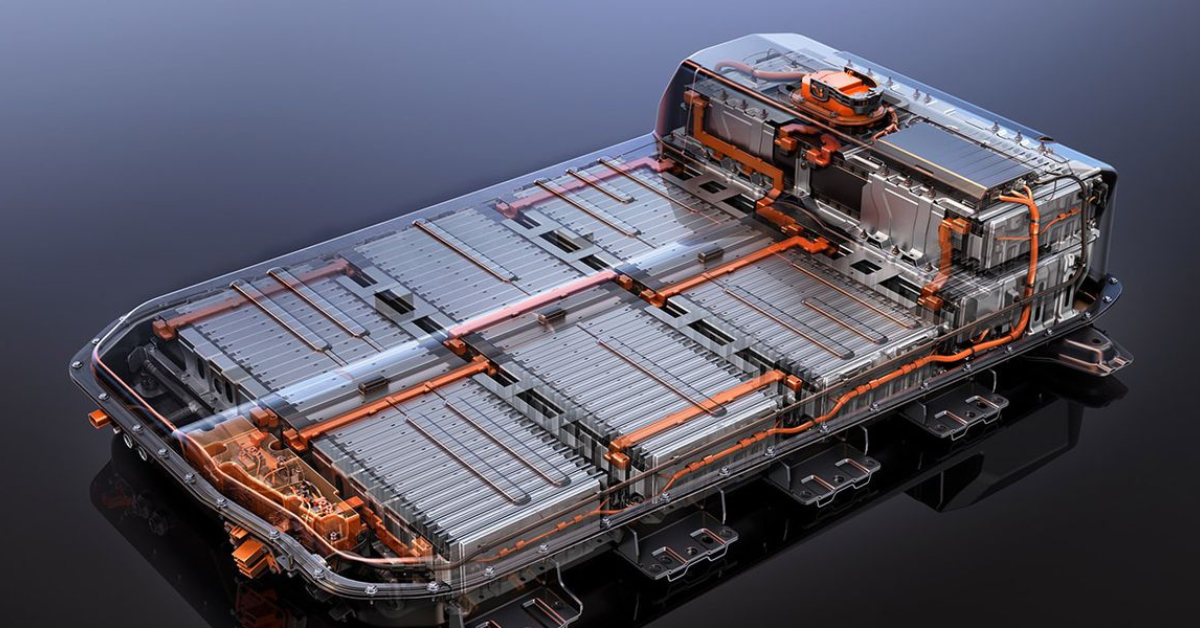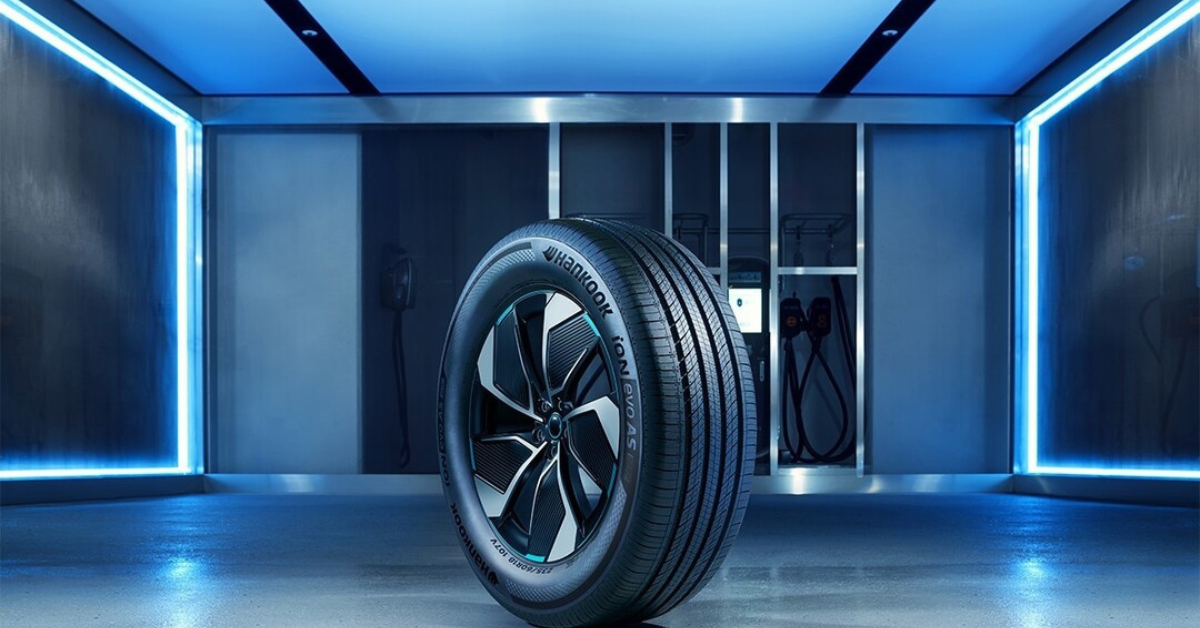Optimize BEV charging networks, a challenge to deal with
With the EV revolution well underway, charging networks for electric vehicles must keep up with demand from automakers introducing new models. They must also keep up with the rapidly evolving technologies and charging architecture present in modern electric vehicles. With so many businesses competing for their version of a quick or home charger, each one encounters network issues. Charge point manufacturers are not always to blame. The key hurdles are the high installation costs, communication between grid and charge station businesses, and charger compatibility. Charging networks are frequently required to be linked to the power grid. This includes balancing demand during peak hours and dealing with a surge of electrical supply for individuals who require rapid charging of up to 350kW. Here are the key issues that EV charging networks confront, which have an impact on overall electric car efficiency.
Inadequate charging infrastructure
Behind the scenes, there are agreements between grid operators, charging producers, and landowners. This implies that establishing a charging network is costly, with installation costs ranging from about €2,500 for a slow charger to about €36,000 for a fast charger. It may be challenging to understand the finest charging networks for home or workplace use. For example, it may be difficult to determine which electric charging infrastructure is most suited for use in a heavily populated area. Charging availability is a big consideration for owners considering purchasing electric vehicles, with some concerned about how the network is set up. Rural locations are also underserved in terms of charging infrastructure. This area requires significant investment to provide disadvantaged areas with access to EV charging. Installing midway chargers and overnight chargers could be a good start.
Interoperability of vehicles and power grids
The logistics, communication, and agreements required between the grid, utility providers, and charging manufacturers are currently in short supply. The issue is hampered by a lack of communication to reach an agreement on the large-scale deployment of an inexpensive, dependable, and secure electric vehicle charging network for drivers. With the vehicle-to-grid infrastructure now viable, all these parties are required to develop the requisite protocols and technologies. This is frequently due to government or utility firms withholding information that is simply not provided to charging network providers. This frequently slows development time and makes the project less profitable.
Downtime and station performance
The psychological component of range anxiety affects drivers' minds. Even though most electric cars currently have a range of more than 300 kilometers, it is still something to be avoided. When an owner reaches a charger with less than a 10 km range in their battery, the next problem is finding a working charger. The electric charging infrastructure is unreliable, as frequently stated on social media and other news outlets. These EV challenges affect over 60% of EV users, with the remainder reporting no problems at all. This may all begin with the manufacturer doing error checks before, during, and after each charger is utilized. When charger providers are quickly notified of a problem, they can rectify it on-site, saving users time and worry throughout their charging session.
Integration of payment methods
You can pay for charging your automobile in various ways, including apps, contactless cards, QR codes, and RFID cards. This would not be an issue if you could employ all of these ways at the same time, but that is not usually the case. The obvious solution would be to have a single app or mechanism for paying for electricity while charging, but this would require collaboration from all brands. Those who are unfamiliar with technology may become frustrated and oppose the electric vehicle charging network, resulting in them not acquiring an electric vehicle. Germany enacted the ‘Ladesäulenverordnung’, which went into force as a rule in July 2023. Companies must make it easier for EV drivers to show up and charge with only a debit or credit card.
Problems with power while charging
Customers that use rapid chargers at service stations frequently require them for on-the-go use. This implies they are traveling longer distances and require a charging pace that is consistent and consumes a lot of electricity. Managing the grid during peak times is one of the most difficult tasks for power suppliers, and placing chargers simply adds to the problem. What is the ideal scenario? Turning on when you need a power boost, plugging in for no more than 10-20 minutes while traveling families have a cup of coffee before continuing their journey. However, the exact charging network determines how much electricity is given. Although some new EVs can charge at 300kw, most chargers do not use this speed to its full potential. Power delivery from the grid is not always available, and the charger may overheat if used at peak power for an extended period.
Network charging station
Currently, protocols that allow electric charging infrastructure to interact are restricted to a single network provider. This is a problem if the charger needs to be upgraded or if they want to switch networks. If the protocols for switching between networks were open, it would open a world of possibilities. A change in network service providers increases competition and offers an aspect of upgradability to an existing network, saving money on improvements over time. New charging stations can be deployed without the need to switch network providers. The Open Charge Point Protocol (OCPP) comes into play here. The OCPP is an open networking standard used throughout Europe. It is also gaining traction in the United States. While current versions (OCPP 1.5, 1.6, and 2.0) have setup constraints, they are accepted by most networks, and their growth may be necessary for network integration.
Finding a happy medium between speedy charging stations and on-street units
The narrow line between having insufficient chargers at home and having too many in-service stations is a contentious issue. According to studies, homeowners often charge overnight at their place of residence. However, not all households are equipped with a charger. The UK government has allocated £950 million to enable a minimum of 6,000 high-powered charging stations along England's key A-roads by 2035. Recently, they highlighted the fact that over 250 chargers had opened in 30 days to demonstrate their dedication to current EV difficulties.
Easy to use and smart charging
The DfT's (UK Government) Richard Bruce also stated that the user experience of charging an EV has been "extremely poor for far too long." Drivers have a genuine problem due to unreliability and the uncertainty of a charger being accessible upon their arrival. Along with the difficulties of utilizing various applications and cards, as well as the overall aggravation of paying for charging your EV. Long-term ideas include allowing consumers to view the entire network through a single app. Find out which chargers are operational and available, as well as the pricing of each charger, to make the most out of their experience. Disabled drivers must have rapid and easy access to charging stations, which the UK government has committed to increasing.
To summarize, technology and innovation are propelling the electric car industry with novel charging methods, longer-lasting batteries, and quicker charging capabilities to get users back on the road as soon as feasible. The grid, local governments, and regulations are all lagging in terms of developing a streamlined method for drivers to charge their EVs. The electric car charging network has limitations such as a lack of protocol sharing, limited network upgrades, and the infrastructure to sustain the high-power consumption required by some chargers. Payment methods have recently become a source of consternation for business owners. Other consumer studies, however, suggest that 40% of EV users had no problems charging. These difficulties can be handled with the correct combination of home and highway service station chargers, if money, infrastructure, and communication exist between the grid, charge point makers, and local governments to legislate the charging network.



